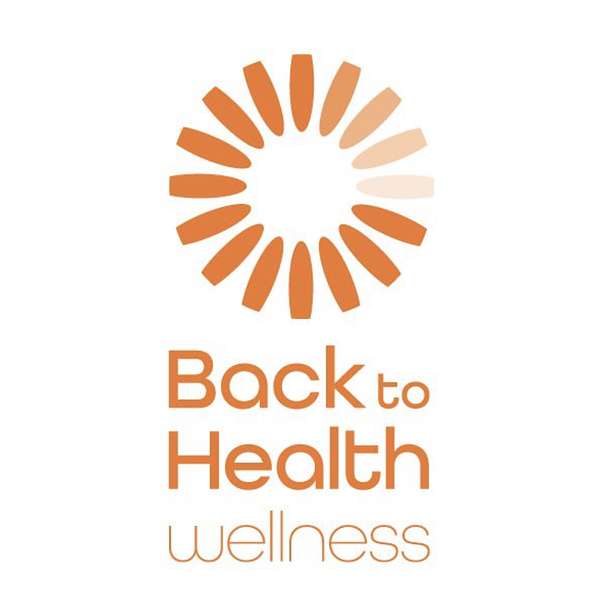
Back To Health Wellness's Thought For The Day
Thoughts become things. Gain valuable insights from our thoughts on how to improve and maintain good spinal health and general wellbeing! We share valuable tips to help you start and end your day right always!
Back To Health Wellness's Thought For The Day
What Is The Ideal Sitting Position when Driving Or Sitting At The Desk?
Have you ever experienced an ache in the lower back or an annoying sensation in the buttocks or your legs whilst driving?
The symptoms experienced are often thought
To be sciatica.
So, You search sciatica online, and you find several stretches for the glutes and hamstrings or even a muscle known as the piriformis, which functions by helping rotation of the hips, helping us to walk.
You try the stretches out for a few days, and get some minor relief, though the symptoms persist intermittently and particularly after prolonged sitting in the car or at the desk.
So what could cause of the symptoms actually be?
They may be the referral pattern from the Quadratus Lumborum, abbreviated in this podcast as the QL muscle, for ease of explaining. The QL muscle functions by rotating and stabilising the lower back.
Another muscle with a similar referral pattern, and closely located to the QL muscle, is the psoas major, which is primarily a hip flexor, but is also involved in stabilising the lower back, especially during standing.
Sitting, tightens the QL muscle and hip flexors as they resists overstretching, keeping your back flexed and allowing your hips to rotate out so you can sink deeper into your car seat or chair. Bear in mind, the deeper you sit in a chair, the tighter the gluts/piriformis and hamstrings will become.
So what is the ideal sitting position?
Well, Most siting positions in a chair or a car seat, put the shoulder to the knee at an angle of 90* degrees.
The problem here is that sitting at a 90 degree angle or less, trains the hip flexors and QL to shorten and weaken. This is where a small yet effective change in the position of the pelvis can massively contribute to unloading pressure of the lower back, making siting at your desk and in the car, pain free.
So what can be done to amend the siting position?
Simply using a seat wedge/towel or cushion will relieves the stress on the lower back in a natural way, by pushing the pelvis forward and automatically causing your knees to be lower than your hips.
This position encourages your back to an upright posture and your spine to assume its natural shape.
This adaptation will reduce the overworking capacity of the hip flexors and QL, making their job relatively easier. If you cultivate this change into a habit, before long, your symptoms will cease and your back will thank you for it.